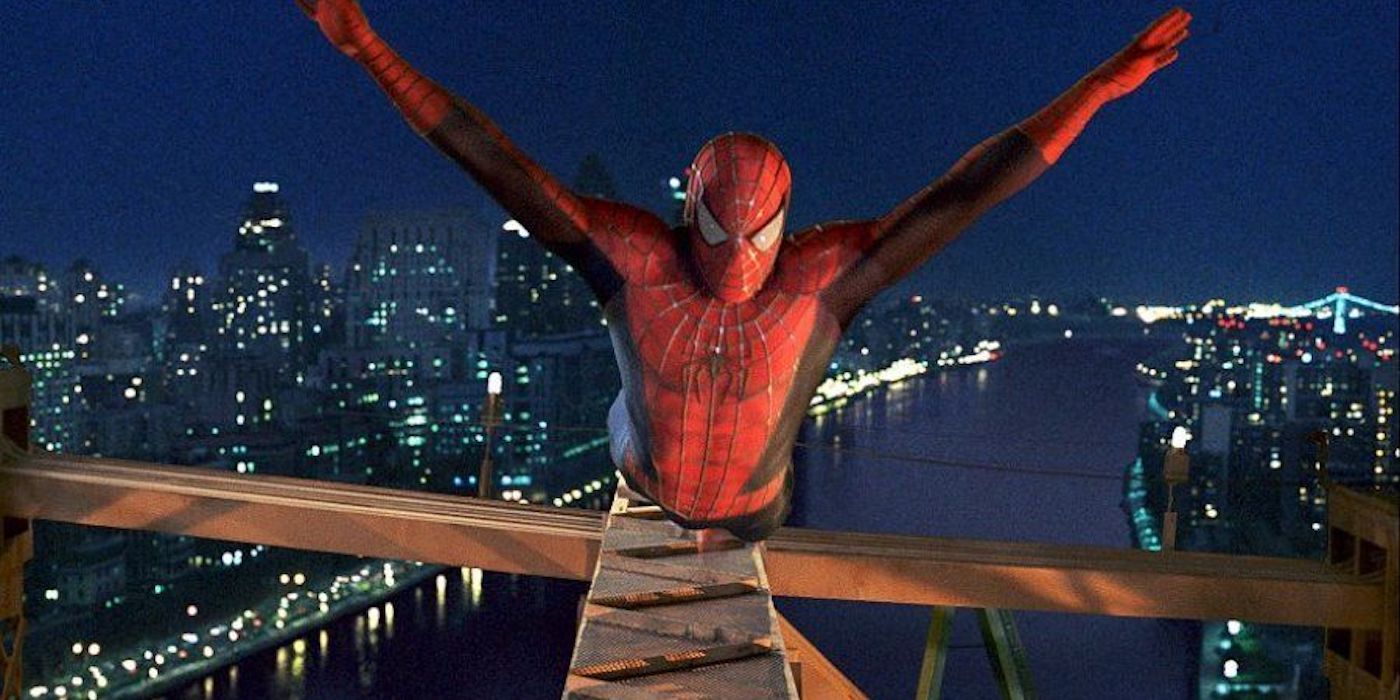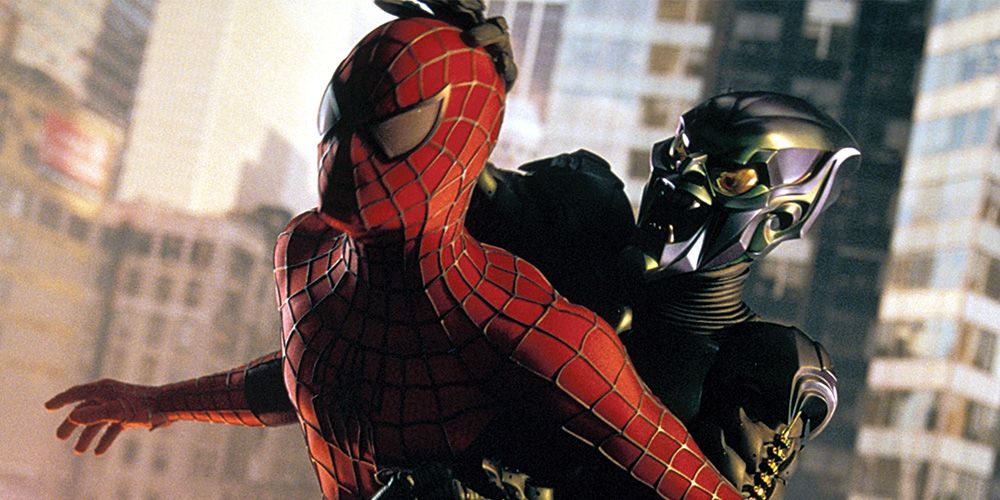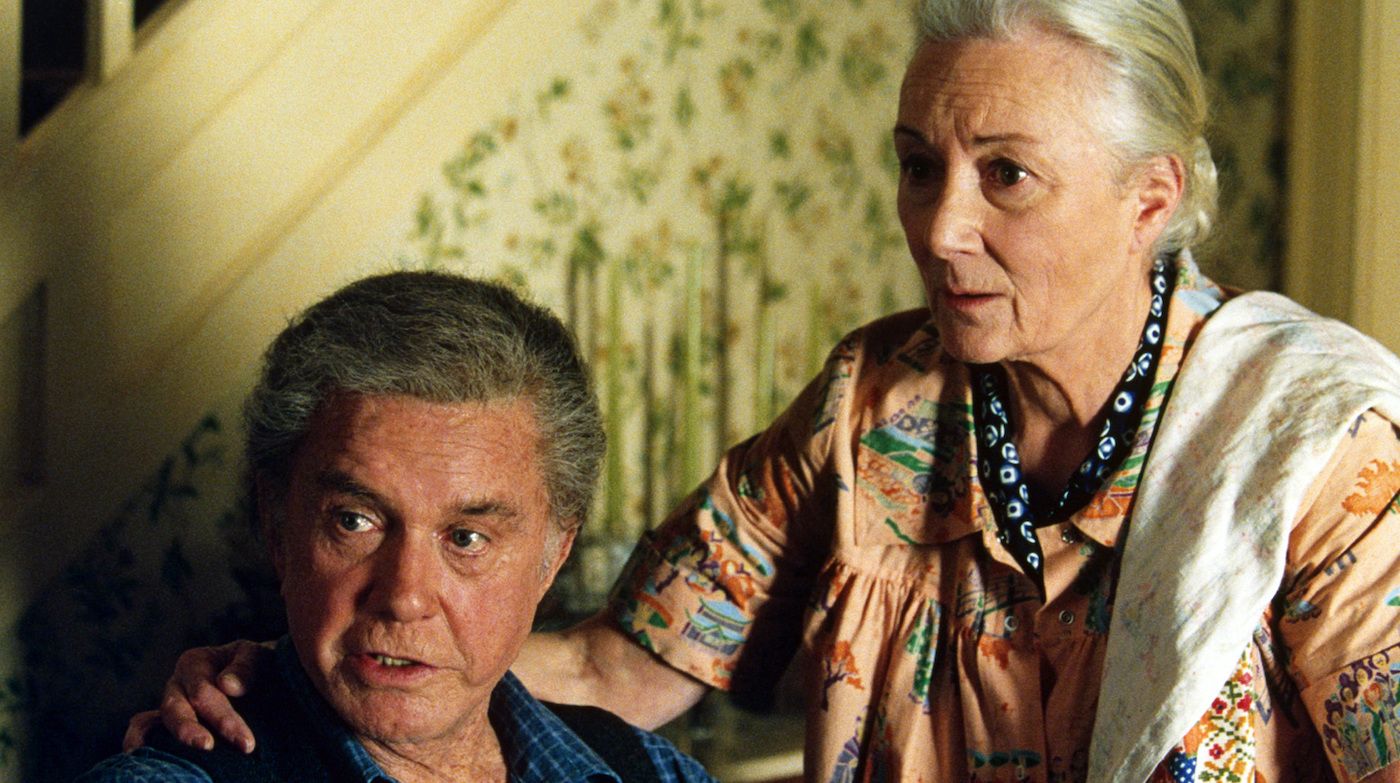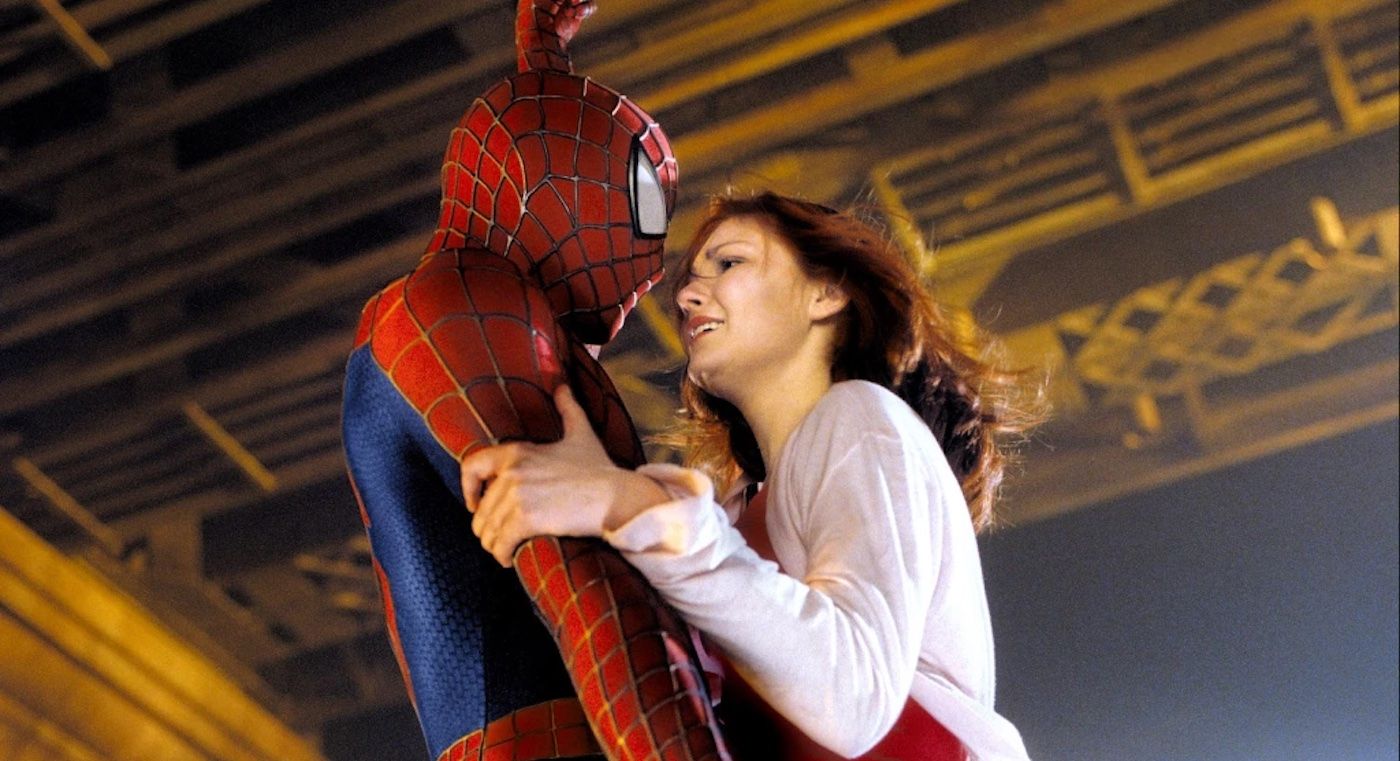When evaluating our present moment in cinema, there is the inescapable conclusion that the landscape of superhero movies has become quite a crowded one. With this abundance of quantity, there has regrettably not been always been an increase in quality. As we have become inundated with the amount of these films, we have lost out on the sense of heart and humanity that they have to offer when done well. The pinnacle of this potential remains in Sam Raimi's tenderhearted original Spider-Man, a film that has only gotten better with age. Much like the character he brought to the big screen for the first time, Raimi was not the first choice to take on the project and brought his underdog sensibility to the experience.
The film he then created ended up being one of the more genuine and sentimental works of his career, something that grew from his commitment to capturing the humanity of its characters. This has been woefully missing from too many modern superhero films which have remained more interested in the spectacle of the experience as opposed to the characters at the center of it. What Raimi managed to achieve is a reminder of what is possible when you don't sideline the nuances of these characters, and ensure that they are integral to the experience in how they're interwoven into the story. In doing so, he made one of the most unwaveringly tender works that more superhero films could and should take notes from.
On the anniversary of when the film was released on the world two decades ago today, it is worth remembering how no one had any idea of what to expect from. While there had been superhero films before that, they were not the cultural behemoth that now dominates multiplexes everywhere. Yet Raimi’s vibrant film brought the famed web-slinger to life with such confidence that it shattered box office expectations and paved the way for a whole industry of live-action comic book adaptations. Beyond all the money it made and the impact it has had on the industry, it also remains the best take on the story that we’ve seen to date.
This was not just in terms of the care it showed to the character of Peter Parker, played to perfection by an awkward yet endearing Tobey Maguire, but to the everyday people who make up the city of New York itself. It could not be more poetic that Raimi has made a return to the director’s chair for the upcoming Doctor Strange in the Multiverse in the genre he helped build just after the anniversary of his first foray into the world of superheroes. It all speaks to the enduring legacy of his portrait of the friendly neighborhood Spider-Man and the neighborhood itself.
This is because Raimi makes every setting and element of the story feel alive through the experiences of everyday people in a way that many other subsequent films have lost sight of. It all begins with Peter himself, portrayed as a dorky kid struggling to deal with immense responsibility placed on his shoulders. Whereas recent incarnations of the character have leaned into his connections with Tony Stark and the wealth that brings, this more emotionally developed version of the character is built around him finding his footing. It lends a sense of texture and humanity to Peter’s life, drawing us into all the aspirations he has that are deeply tied to his sense of self.
Even when he dons a makeshift costume to try out his powers on the infamous and tragic figure of wrestler Bonesaw McGraw, this silly scene provides a strange yet precise authenticity that builds the world. Peter takes on the fight in order to make money, something that is in short supply for himself and his family. When that falls through because of a technicality, Peter acts selfishly to get even and sets events in motion that lead to a tragic personal loss. The death of his beloved Uncle Ben, played with both grace and gravitas by the late Cliff Robertson, cuts deep precisely because of the attention to detail that was given to every aspect of the story. You learn so much about both of them in a short amount of time, setting the stage for Peter’s arc that plays out over the rest of the film.
This is all part of how Raimi finds humanity in the everyday pockets of life, making the city feel like an actual place with people trying to go about their lives. Some of this is due to the commitment to actually shooting in real locations as opposed to unnecessary CGI approximations, but the heart of it all comes from how the people of the city feel like an integral part of the experience. Early on, there is a sequence where we hear the people from New York all weighing in on what they think of this new masked figure against a montage of him doing various hero things.
It is so genuine and sincere that, even as you chuckle at the abundant sense of humor in these scenes, you feel like you almost know these people in the glimpses we get of them. They aren’t just a backdrop or a setting that can be overlooked, instead, they provide subtle layers to the experience that make you understand the gravity of the film. It has a light tone, though you get the unshakeable sense that Raimi cares about these people with how they underpin the story. It is a reminder of the neighborhood that is worth saving where a fleeting look at a street musician singing about Spider-Man is overflowing with such charm that you're emersed in the humanity of this living, breathing place.
Even in scenes where our hero is just going about his business of saving the neighborhood from yet another threat, Raimi always makes it a point to show the people as not just extras in the madness of spectacle but as real people living in a real world who are reacting to the city they love crumbling around them. It reminds you of the stakes of the job, an emphasis felt in scenes like where Spider-Man must rescue a baby from a burning building. It isn’t about saving the world from a galactic catastrophe that will bring about the end of everything but about saving the lives of people facing everyday challenges.
It all culminates in a moment toward the climax which is also one of the most significant scenes of the film. In a crisis where the tables are turned and Spider-Man is at his most vulnerable, he is saved by the people of New York whom he has spent the film looking out for. They defend him in a bridge fight when he can't himself, making for an abundantly cheesy yet ultimately heartfelt moment. While many films today opt to go big with catastrophic conclusions that threaten to end the entire world, they are rendered small when they lose sight of the people at their center. A more poignant experience is felt when a director like Raimi makes the relationship between the characters of the city and the hero central, getting us to care as much as he did along the way.




